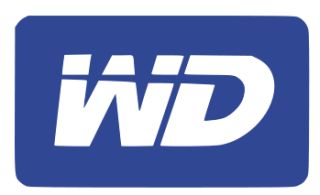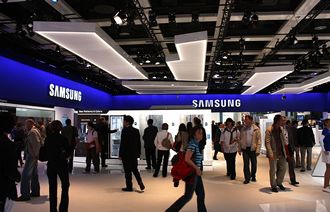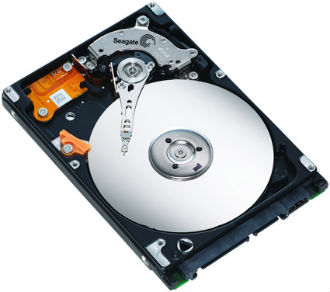 Retail sales increased year on year this May, the Office for National Statistics has revealed.
Retail sales increased year on year this May, the Office for National Statistics has revealed.
In its monthly survey of 5,000 UK retailers, it was found that sales volumes increased 1.9 percent compared to May last year – with the quantities bought in retail marking the highest level since the series began.
Amounts spent grew 3.1 percent, also the highest level on record.
It was the non-store retail sector that brought in the largest quantities. Compared with May 2012, goods bought here increased by almost 20 percent, at 19.1 percent. The non-food sector enjoyed some growth, at 2.2 percent.
In terms of amounts spent, the food sector saw an increase of 3.4 percent.
There was downwards pressure from petrol station, with the amount spent here declining 1.8 percent compared to the same time last year. But the amount bought showed minimal growth at 0.1 percent, over the same period. The ONS points out that this indicates price deflation.
Compared to April 2013, both quantities bought and amount spent grew by 2.1 percent. Here, the food sector also drove the most upward pressure on amount spent and quantities bought – at 3.4 percent and 3.5 percent respectively.
Every store type enjoyed growth from the previous month, signifying a slight upwards trend compared to a bleak overall picture in April.
The overall proportion of non-seasonally adjusted online sales stayed healthy at 9.7 percent. Average weekly spending for online retail reached £582 million – an increase of 10 percent compared to the last year.


















